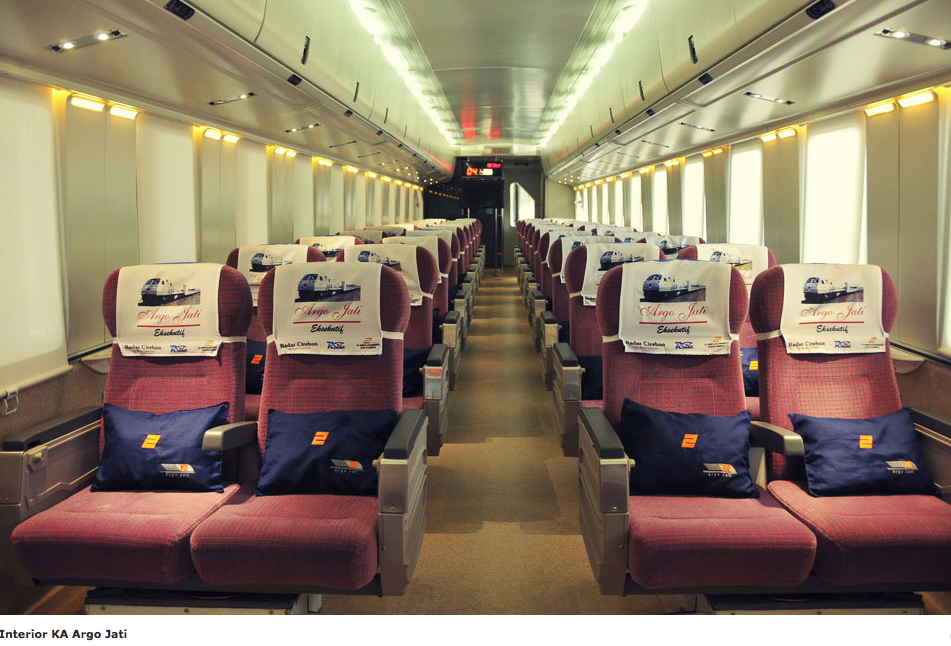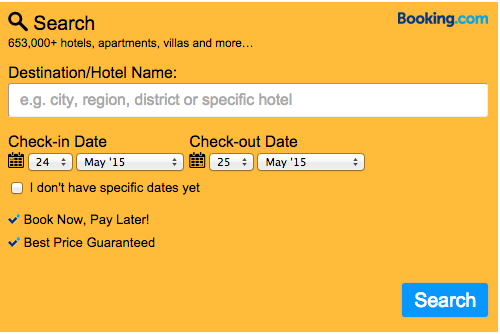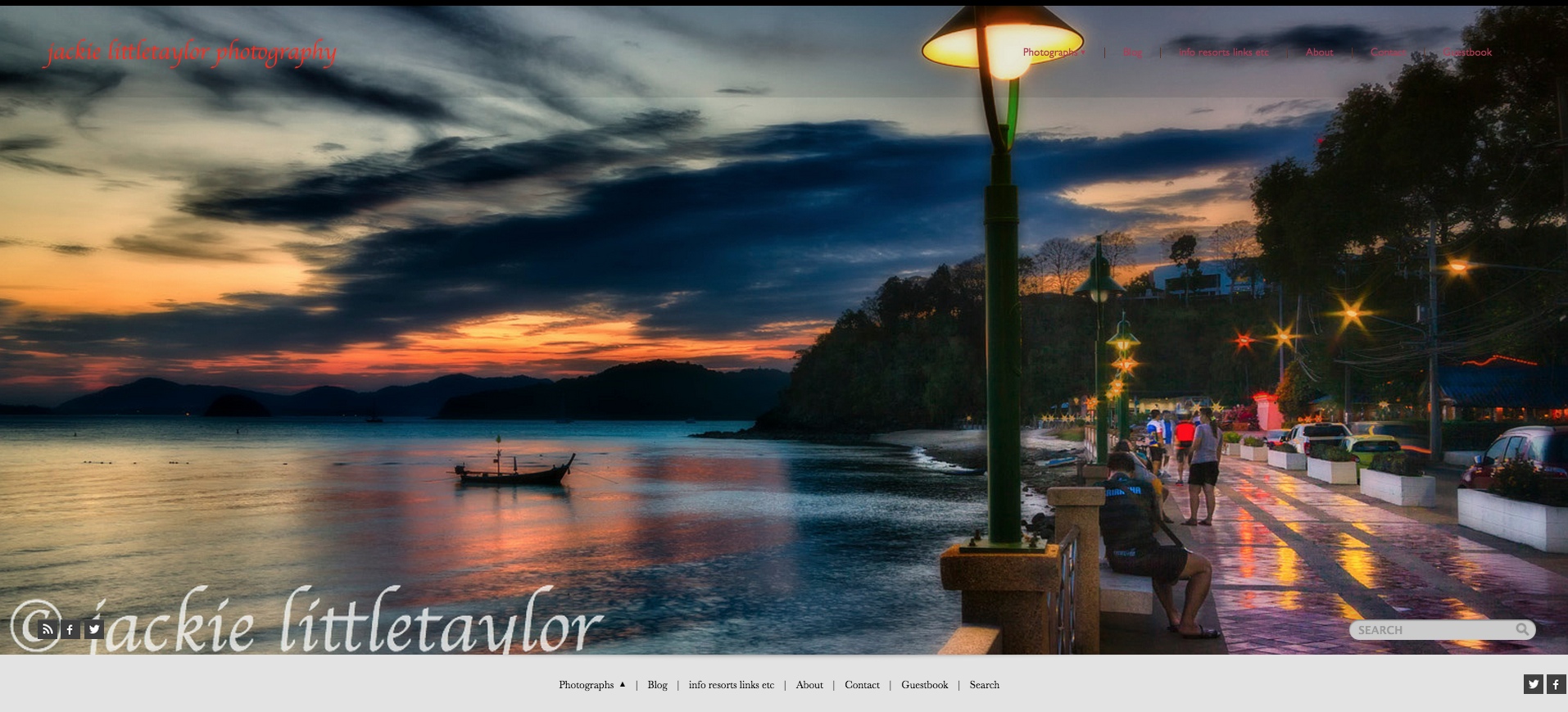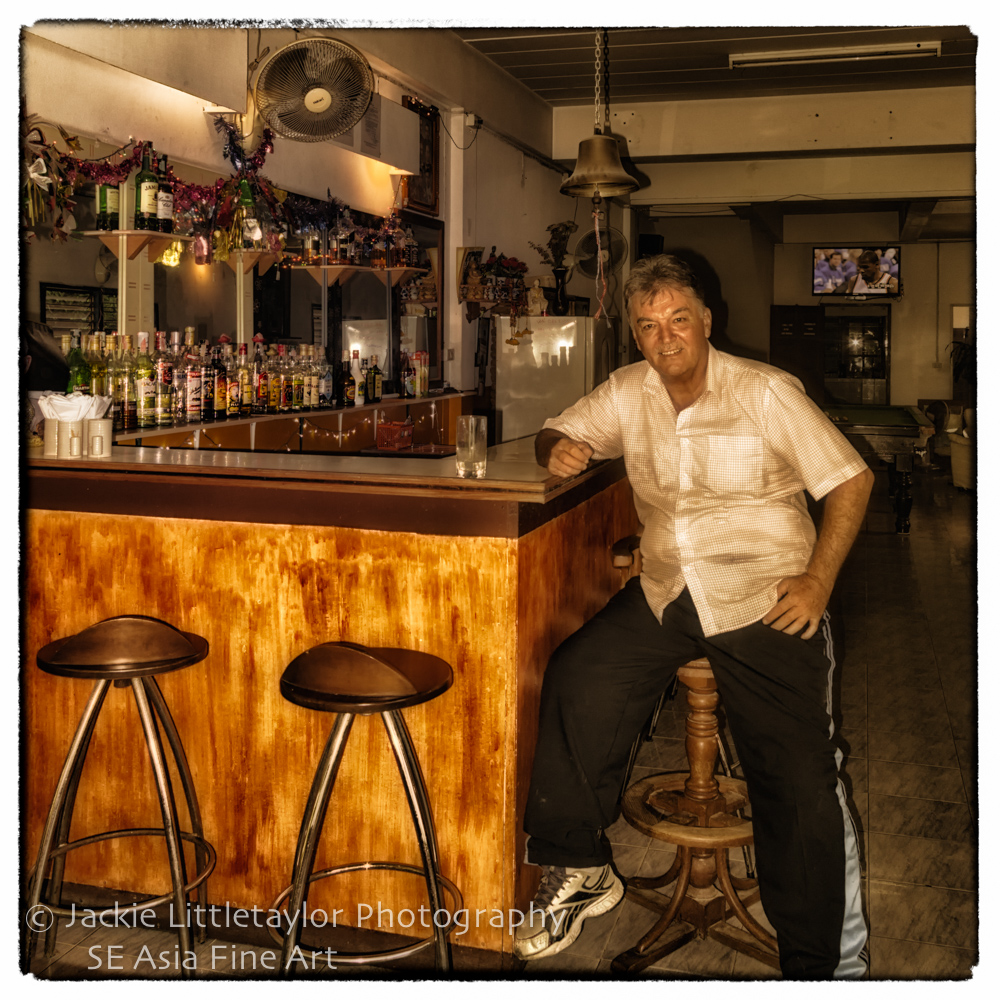Java and Sumatra are the only islands that have a train service.
Most rail transport in Indonesia is located on the island of Java, which has two major rail lines that run the length of the island, as well as several connecting lines. The island of Sumatra has five unconnected railway lines in the northernmost province of Aceh, North Sumatra (the area surrounding Medan), West Sumatra (Padang and its environs), and South Sumatra and Lampung.
Indonesia’s railways are operated by the state-owned PT Kereta Api, and the newly formed PT Kereta Api Jabotabek, operating the commuter lines in the Jakarta metropolitan area. Train stations are usually centrally located and have ticket offices with schedules, fares, destinations, and classes of travel. Reservations are computer-based and can be made up to a month in advance. Most passenger trains in Indonesia, except commuter locals, were named. The names varied from plainly descriptive such as Depok Ekspres
Names instead of numbers are used to identify trains. For example, executive class trains include Argo in their name.
Train routes are flexible in Java, and ticket offices can help travellers with the best route if several connections are needed. Major train stations like Bandung, Jakarta, Surabaya and Yogyakarta have information posted on large billboards.
There are three classes of trains:
- Economy (economi): No reservations are required and seats are sold out during holiday seasons. Passengers are crammed into compartments while others hang onto exterior hand rails or climb on top of the economy cars. Vendors and beggars also circulate. Economy is not air-conditioned
- Executive (eksecutif): Seats must be reserved in advance. The word Argo is included in all executive class train names. Executive is spacious and air-conditioned
- Business (bisnis): Seats are reclining must be reserved in advance and there is air conditioning?
- As response to many reports of sexual harassments in public places, including commuter trains and buses, PT Kereta Api has launched women-only carriages in some commuter trains in Jakarta metropolitan area in August 2010. On May 13, 2013 PT KAI changed women trains to regular trains which at the front and end of the train has a women coach each
Train stations in Jakarta
The six major train stations in Jakarta are:
- Gambir
- Jakarta Kota
- Jatinegara
- Pasar Senen
- Stasiun Kramat
- Stasiun Sudirman
Like bus terminals, each station serves specific routes and destinations, although there may be some overlap. Gambir and Jarakta Kota are the biggest stations. Gambir offers express trains with west-to-east destinations: Bandung, Bogor, Semarang, Solo, Surabaya and Yogyakarta.
Cities linked by rail in Sumatra are:
- Medan to Kisaran
- Padang to Palembang
- Palembang to Panjang
- Panjang to MedanBuy train tickets online
Buy train tickets online at Kereta Api
- In is in Indonesian only http://www.kereta-api.co.id/
- Buy at the train station
- It’s reported that since August 2014, stations will officially only sell tickets for same-day travel, not for tomorrow or later days. Advance tickets should be bought online
The Indonesian Railways offer a combined train-ferry-bus ticket from Surabaya to Denpasar on Bali. Although the overnight service is time-effective, it’s worth taking the daytime Mutiara Timur train between Surabaya and Banyuwangi, as the scenery along the way is excellent
Java to Sumatra by train & ferry
You can take a rustic local train the 151 km from Jakarta to the port of Merak, where the ferry terminal is next to the station. Ferries then sail between Merak on Java and Bakauheni on the southern tip of Sumatra every 20 minutes right around the clock, the crossing taking between 90 and 120 minutes. You can then find a local bus or taxi for the 94km 90-minute trip from Bakauheni to the main southern Sumatra town of Bandar Lampung, from where there’s a twice-daily train to Palembang.
Indonesia had various types of locomotives, being the legacy of the many different companies. Surprisingly, only three steam locomotives remain in operable condition, all located in the Ambarawa Railway Museum. On the other hand, static steam locomotive displays are located in the Transportation Museum (under the auspices of the Department of Transportation) in Jakarta’s Taman Mini Indonesia Indah (Beautiful Indonesia in Miniature Park) and Ambarawa Railway Museum (managed by PT Kereta Api) in Central Java. Plinthed locomotives can also be found in most cities and towns. Somewhat surprisingly, few non-locomotive rolling stock were preserved.
Four operatable industrial steam locomotives are present, with two more preserved, at the Cepu Forest Railway. This currently represents the largest concentration of active preserved steam locomotives in Indonesia.
Steam locomotive 1622 “Sri Gunung” (Mountain Queen), a 1,067 mm (3 ft 6 in) mallet built in 1928, preserved in the Dutch Railway Museum.
With the Asian economic crisis of 1997, remaining hulks of steam locomotives formerly standing in former depots became valuable for their scrap value, and by 2000, most locomotives not already plinthed or sent to museums were scrapped, presumably illegally.
source of good information
http://en.wikipedia.org/wiki/Rail_transport_in_Indonesia
http://indonesia.angloinfo.com/transport/public-transport/trains/












